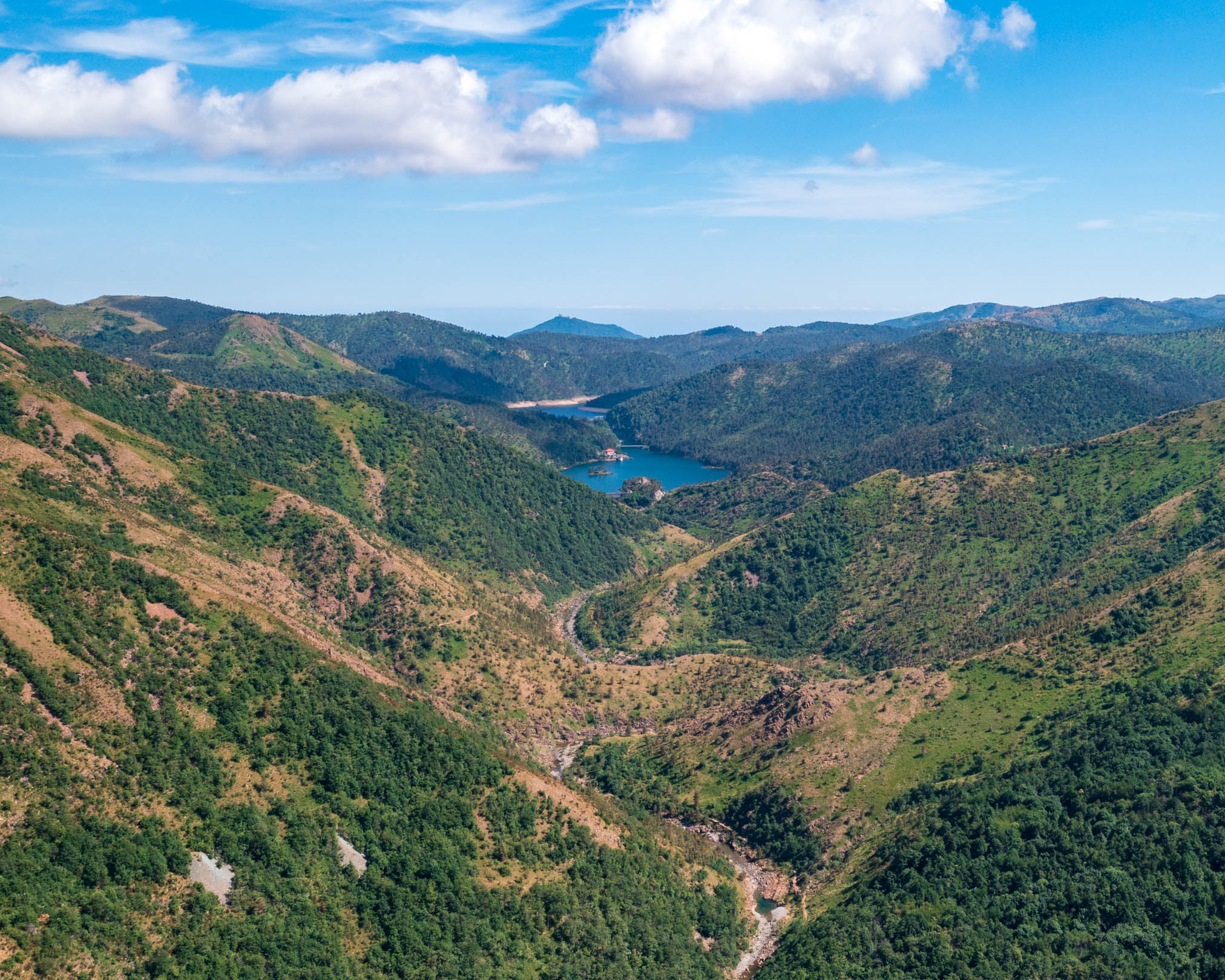Bosio has been an autonomous municipality since 1948; previously it was part of the municipality of Parodi Ligure.






What to see in Bosio
- CHIESA PARROCCHIALE DEI SANTI PIETRO E MARZIANO
- ORATORIO DELLA SANTISSIMA ANNUNZIATA
- FRAZIONE SPESSA
- FRAZIONE CAPANNE DI MARCAROLO
- CASCINA BENEDICTA E SACRARIO DEI MARTIRI DELLA BENEDICTA
The parish was included in the Diocese of Tortona until the 13th century, and then passed to that of Genoa in 1248.
The low-medieval building was profoundly remodeled and expanded between 1820 and 1830, while the neoclassical-inspired facade was built in 1860. The interior was frescoed by Rodolfo Gambini, in 1904.
The shaped-panel wooden choir is an excellent 19th-century work.
Also preserved are two paintings depicting the “Marriage of the Virgin” of the 17th-century Piedmontese school and the “Madonna and Child Enthroned” attributed to Francesco Campora from Genoa, active in the first half of the 18th century.
Opposite the parish church is the oratory, already recorded in 1582 as “Casaccia Sancti Mariani.”
In 1652, it is referred to as the “Oratory of the Disciplined under the title of the Blessed Virgin.”
A number of religious buildings stood in the hamlet.
A number of buildings stood in the hamletIn 1762, a small church dedicated to Our Lady of Mercy was built, showing a gabled facade.Religious. Above the portal is a fresco depicting the Virgin of Mercy, painted by Camillo Martini in the 19th century.
It is located right on the European E/1 route, representing the terminal section of the track that, starting from Flensburg on the North Sea and crossing Switzerland, Lombardy and Piedmont finally reaches Pegli.
The hamlet is also ill hub of the Piedmont Apennine Protected Areas Authority ( formerly the Capanne di Marcarolo Nature Park).
The small mountain village of Capanne represented for centuries a key road junction for slow someday trades between Liguria and Oltregiogo.
Tradition has it that the Marcarolo plateau was inhabited by Ligurians and Celts: some archaeological findings seem to attest to the presence of Stone and Bronze Age settlements or transit cores.
In Capanne di Marcarolo every year on the last Sunday of July, the traditional Fair of Livestock and Ancient Local Breeds of the Piedmont Apennines takes place: a unique fair in Piedmont, attracting thousands of tourists each year and promoting local breeds in danger of being abandoned.
The farmstead of Benedicta, now reduced to ruins, called in medieval documents
“Mansion of Ripalta in Bruera,” is a very old building.
On January 2, 1195, William Marquis of Parodi Ligure donated to the Cistercian monastery of Rivalta Scrivia the lands located between the Gorzente and Piota Valleys in the Alpe di Marcarolo.
In 1254, the Genoese government enjoined the castellans of Parodi Ligure to watch over the security and property of the “Monastic Cell of Bruersa.”
In 1642, having passed into the ownership of the Spinola family, the convent was converted into a masseria with a manor house.
The masseria was mined and blown up by the Nazi-Fascists in 1944, during a massive roundup against partisan units that had taken refuge in the mountains after the Cassibile armistice of September 8, 1943.
The ruins are an integral part of the area of the shrine commemorating the victims of the massacre in the Bloody Easter of 1944, erected in the 1960s. A path, about 500 meters long, traces the last moments of the boys, ending in the shrine proper, where the bodies were buried until the end of the conflict.
75 partisans were locked up inside the Benedicta chapel and, on April 7, led before the firing squad. In the evening, 98 bodies were thrown into mass graves dug in the bed of the Rio Benedicta.
It is very difficult to make a total tally of casualties. To the one hundred and eighty-seven “regular” executions one should add those who fell in combat and peasants in the area slaughtered in pure reprisal.
Over 200 were deported to Mauthausen concentration camp: very few returned.






















